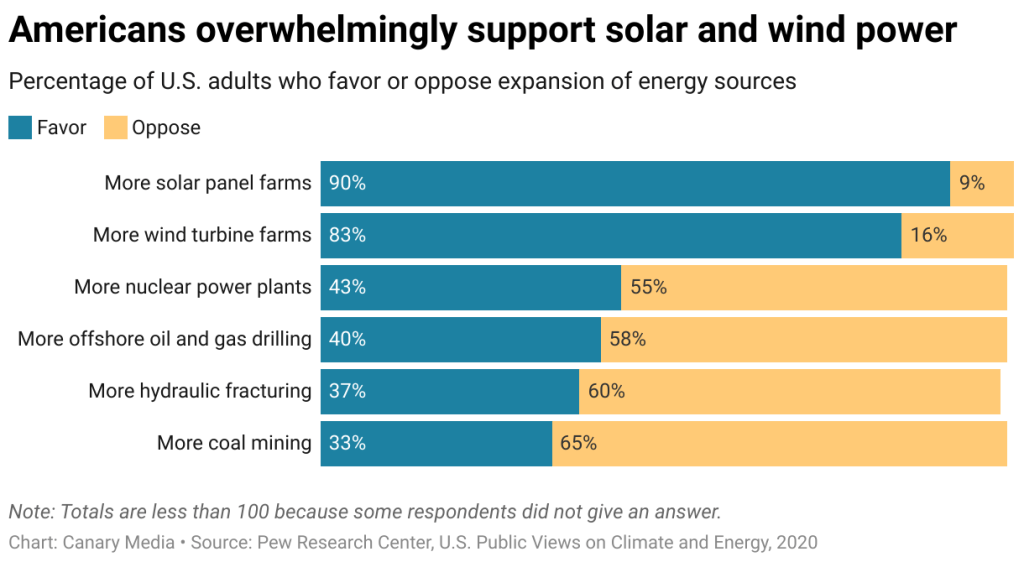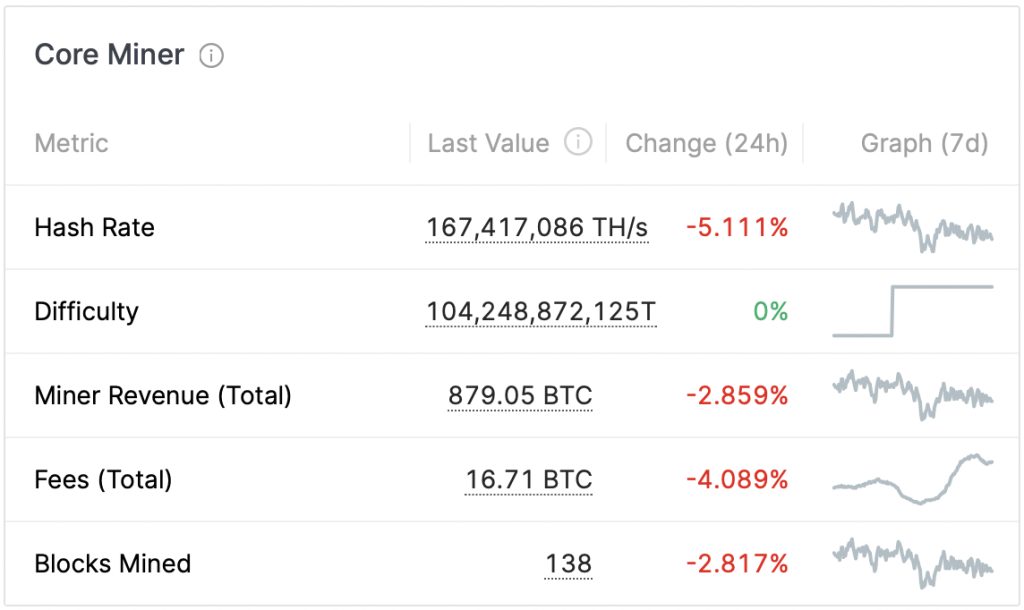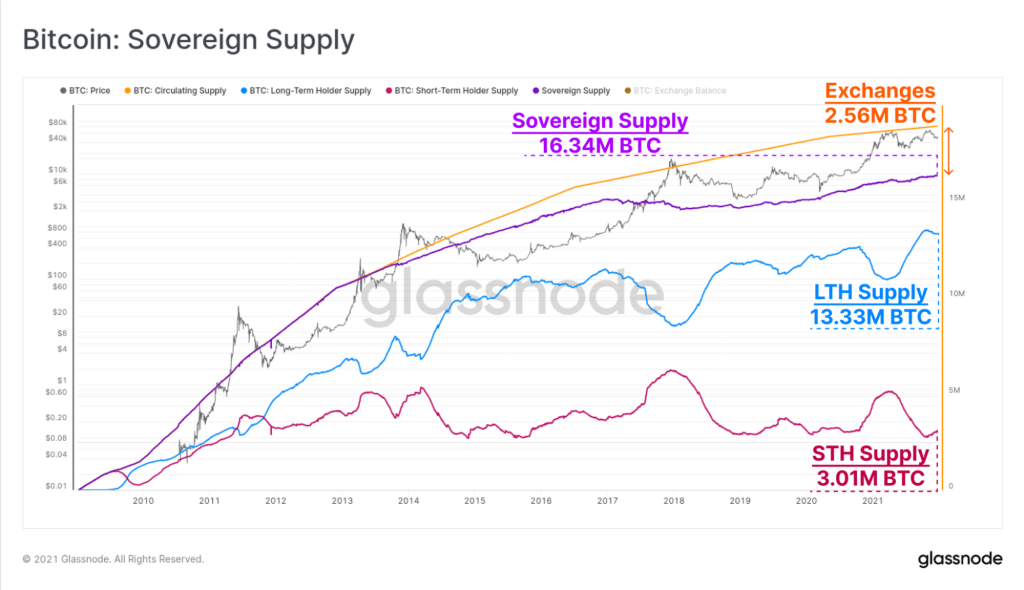Wind power is supported by a large percentage of the U.S. population. In fact, public sentiment for renewable energy sources exceeds that of legacy energy sources in the U.S., according to research from Canary Media and the Pew Research Center. As more U.S. citizens support renewable energy, and more wind and solar powered farms are constructed, the need for bitcoin miners to serve as a buffer between those sources and the grid will likely increase.

The world’s largest offshore wind farm, located 89 km (55.3 miles) off the Yorkshire coast in the North Sea, is now operational. The company that manages and operates the farm, Ørsted, is known for its mission to develop, construct, and operate offshore and onshore wind farms, solar farms, energy storage facilities, in order to provide clean energy products to millions of customers.
According to a recent company announcement, “When fully operational, Hornsea 2’s 165 8 MW Siemens Gamesa wind turbines will be capable of generating 1.32 GW of clean electricity – taking the title of ‘world’s largest operating offshore wind farm’ from its sibling project Hornsea 1. Together, the two projects will be capable of providing enough power for well over 2.3 million homes.”


The Department of the Interior (DOI) announced its approval of two solar projects, the Arica and Victory Pass projects, in California this week. A third project, the Oberon project, is expected to be completed soon.
The Bureau of Land Management (BLM) expects Arica and Victory pass projects will generate a total of up to 465 megawatts of electricity that will power approximately 132,000 homes. The Oberon project is a 500-megawatt photovoltaic solar project that the BLM anticipates will generate up to 500 megawatts of renewable energy that could power approximately 142,000 homes.
The BLM also requested information for utility-scale solar energy development on nearly “90,000 acres of public land located across Colorado, Nevada, and New Mexico.”


The efficiency of a bitcoin mining computer is one of the most important metrics to consider when deploying and running a mining operation. More efficient miners will have a longer lifespan than their less efficient counterparts. This is because efficient miners require less energy to generate each hash. The newest and most powerful miners can exceed 100 terahashes per second, so even slight increases in efficiency really add up.
According to Braiins Insights, the temperature of a bitcoin mining machine substantially impacts its efficiency. “… we can say that the efficiency gets much worse as the temperature gets hotter (i.e. the J/TH increases).” J/Th is the measurement that bitcoin miners use to determine how much energy is required to generate each terahash. Again, lower J/Th is preferred because that means less energy is required for each hash. Braiins found that “power consumption starts at 2.5kW in the 20oC and reaches 3.55kW in the 75oC range.”
So, higher temperature miners require more electricity, which renders miners less efficient. In terms of efficiency, a miner operating at 20oC will have an efficiency of 24 J/TH whereas a miner operating at 75oC wil have an efficiency of 34 J/TH. That said, immersion and other forms of cooling can help improve the overall efficiency of miners, especially within the Antminer X19 family of miners. “Lower temperatures are directly correlated to lower power consumption and better efficiency to a greater extent than with previous generations of Antminers.”
Glassnode Insights defines Sovereign Supply as the total number of bitcoins held by individuals and entities outside of “exchange reserves.” The metric hit an all-time high this week, exceeding 16.34 million bitcoin held outside of exchanges. This is particularly interesting when coupled with the fact that many bitcoin mining operations and companies have begun to hold more coins and release less into circulation.
This “hodl” strategy decreases the number of new bitcoins that miners release to the exchanges. So, less bitcoin flowing into exchanges from miners and more bitcoin is leaving exchanges to be held by sovereign individuals and entities. It will be interesting to see how these numbers fluctuate as private key management becomes less intimidating and more people are willing to withdraw their bitcoin from exchanges.
